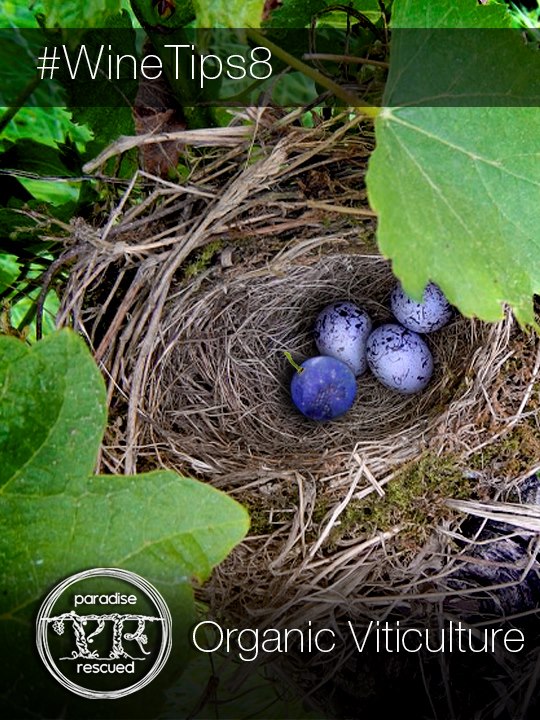Producing Organic wine starts in the vineyard with Organic Viticulture.
Organic viticulture is about developing and maintaining a natural ecosystem and balance in the vineyard. The goal is to create a natural eco-management system where there is synergy between natural wildlife, soil, fauna, vines and the annual biological cycles.
Climate and natural diseases such as mildew effectively mean that some crop protection and safeguarding is required. In an organic vineyard, this is carried out using only natural substances such as copper and sulphur (but at micro controlled levels) as well as boosting plant health through natural fertilisers and supplements, eg nettle teas, etc. Synthetically produced herbicides, pesticides and fungicides are therefore prohibited.
In general terms, organic viticulture requires less use of machinery and greater human and manual management of the vines. This is turn encourages a greater attention for detail and higher standard of overall viticulture.[/fusion_builder_column][/fusion_builder_row][/fusion_builder_container]
